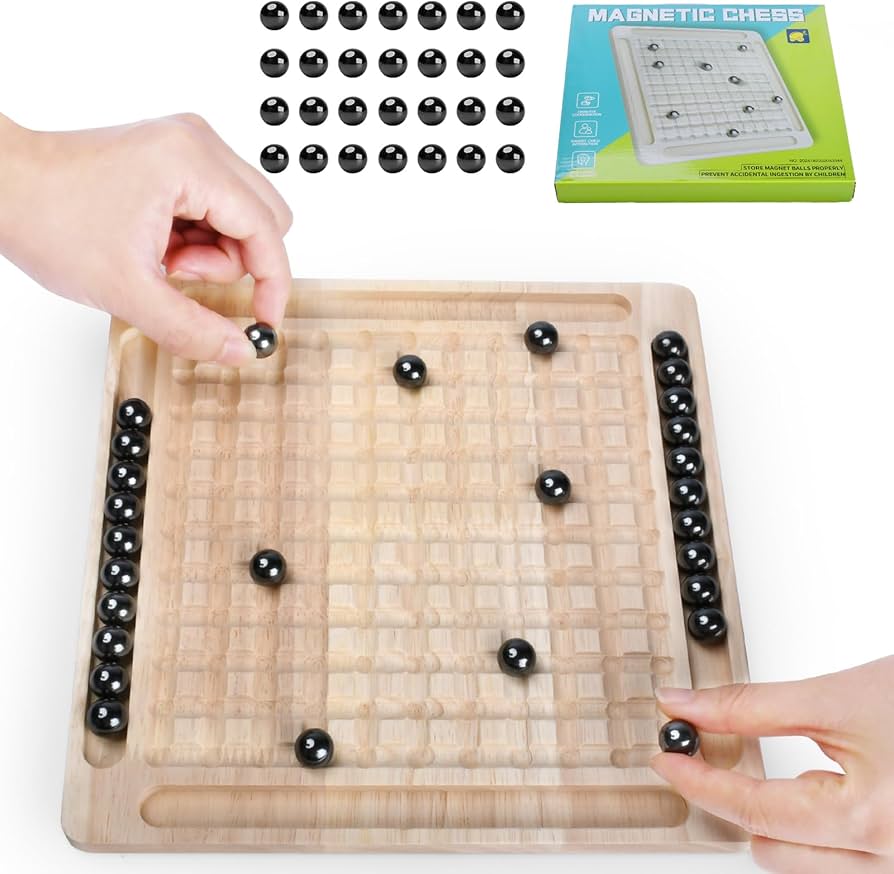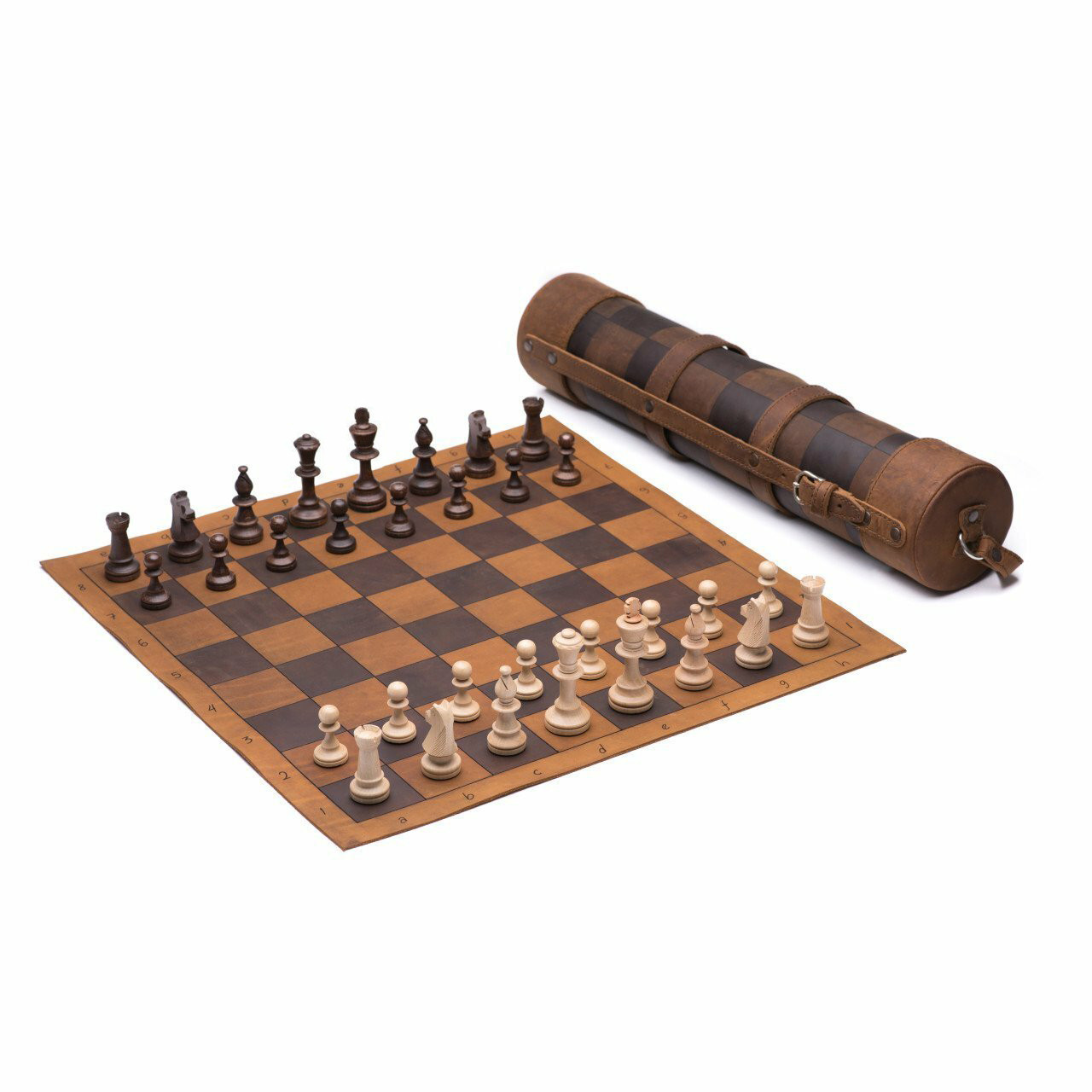Chess is a game of strategy. One key strategy is the fork. A fork is a move that attacks two or more pieces at once. This forces your opponent to make a hard choice. They can only save one piece. The other piece is lost. Forks can give you an advantage. Let’s look at some of the best forks in chess.
What is a Fork?
A fork happens when one piece attacks two pieces at the same time. The piece doing the fork is usually a knight, but it can be any piece. When you fork, your opponent must decide which piece to save. The other piece will be taken by you.

Credit: www.reddit.com

Credit: www.chess.com
Why Forks are Important
Forks can change the game. They can turn a losing game into a winning one. Forks put your opponent under pressure. They have to make a tough decision. This can lead to mistakes. Forks are a powerful tool in your chess toolkit.
Types of Forks
Knight Fork
The knight is the best piece for forks. It can jump over other pieces. This makes it hard to see a knight fork coming. The knight can attack in an L-shape. This means it can attack two important pieces at once. For example, it can attack the king and queen. This is called a royal fork.
| Piece | Movement | Best Forks |
|---|---|---|
| Knight | Jumps in L-shape | Royal fork (King and Queen) |
Queen Fork
The queen is very powerful. It can move in any direction. This makes it great for forks. A queen fork can attack many pieces at once. It can also check the king. This is very strong. Your opponent must react to the check. They may lose a valuable piece.
Bishop Fork
The bishop moves diagonally. It is good for long-distance forks. A bishop can attack two pieces far apart. This makes it hard to defend against. Bishops work well with other pieces. They can create a fork with a knight or rook.
Rook Fork
The rook moves in straight lines. It can create forks on open files and ranks. A rook fork can be very strong. It can attack two pieces or check the king. Rooks are powerful in the endgame. They can create forks with pawns.
Pawn Fork
Pawns are small but can be dangerous. A pawn fork can attack two pieces at once. This is often a surprise. Pawns move forward and capture diagonally. A pawn fork can lead to winning a piece. Pawns are strong in the endgame. They can promote to a queen.
How to Set Up a Fork
Setting up a fork takes planning. Here are some tips:
- Look for weak squares. These are squares your opponent cannot defend easily.
- Use other pieces to create threats. This can force your opponent to move their pieces.
- Be patient. Wait for the right moment to strike.
- Practice spotting forks. This will help you see them during a game.
Examples of Forks
Example 1: Knight Fork
In this example, a knight on f3 moves to e5. It attacks the black queen on d7 and the black rook on f7. The black player must move the queen or lose it. The white player will capture the rook.
Example 2: Queen Fork
A queen on d1 moves to h5. It attacks the black king on g8 and the black rook on e8. The black player must move the king. The white player will capture the rook.
Example 3: Pawn Fork
A pawn on e5 moves to e6. It attacks the black bishop on f7 and the black knight on d7. The black player must move one piece. The white player will capture the other piece.
Practice Forks
Practice makes perfect. Here are some ways to practice forks:
- Play against the computer. It will help you spot forks.
- Play with a friend. Try to create forks during your game.
- Use online puzzles. These are great for practicing forks.
- Study famous games. See how the masters use forks.
Conclusion
Forks are a powerful tool in chess. They can change the game in your favor. By learning to use forks, you can become a better player. Practice spotting and setting up forks. Use knights, queens, bishops, rooks, and even pawns. Remember, patience is key. Wait for the right moment to strike. Happy playing!







